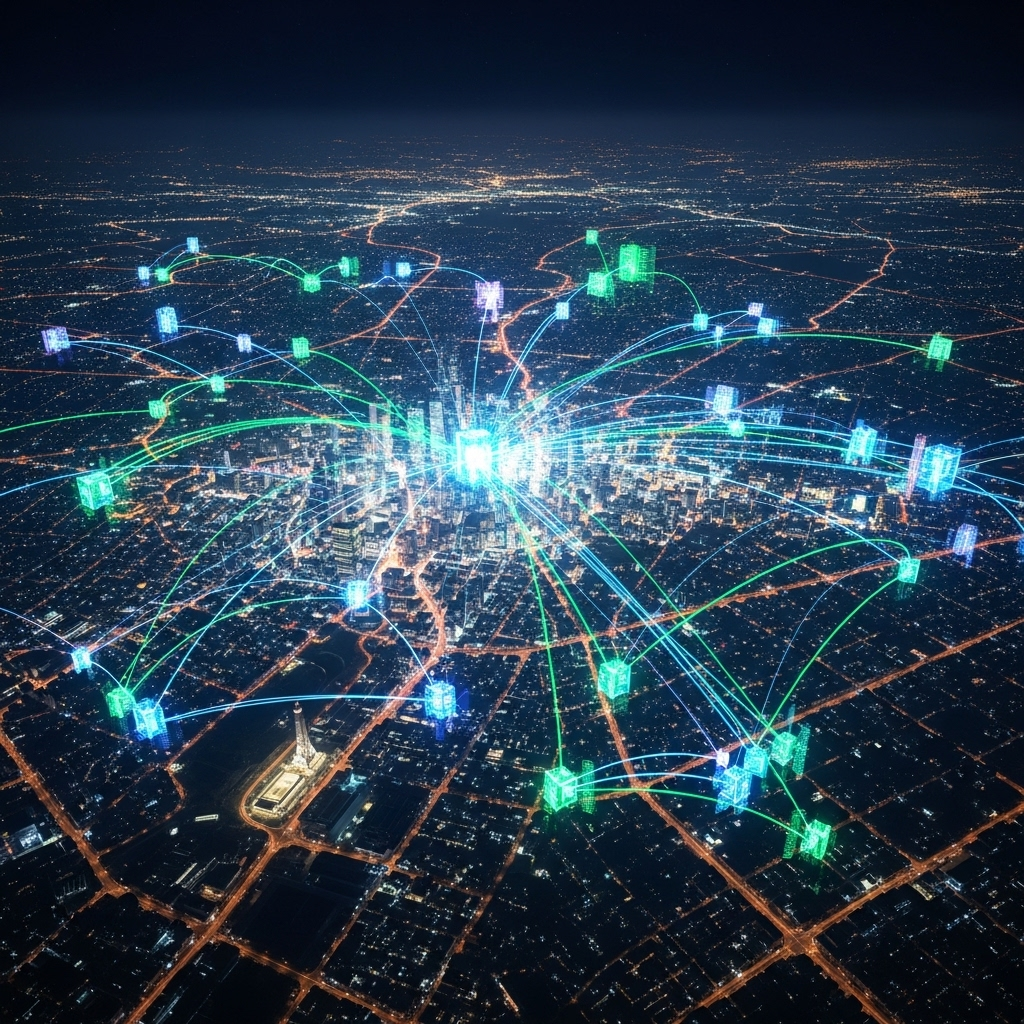
INTRODUCTION
Signal maps are more than just network diagrams. They are the blueprints of our digital connections, revealing how information moves across cities, countries, and even the globe. These visual tools help experts trace data flows, identify vulnerabilities, and detect patterns invisible to the naked eye. Understanding signal maps means understanding the hidden language of modern networks.
What Are Signal Maps?
A signal map is a visual representation of how data and communication signals move between points. These maps can show wireless coverage, satellite paths, submarine cable routes, and even the placement of surveillance equipment.
Engineers use them to optimize networks. Security analysts use them to spot interception points. Journalists and activists use them to track censorship and surveillance.
For example, a cell tower signal map can reveal “dead zones” in coverage. But it can also highlight clusters of unusual activity an indicator of targeted surveillance or interference.
Why Signal Maps Matter for Privacy
- Revealing Bottlenecks – Many data flows pass through a small number of infrastructure points. This centralization creates choke points that governments or corporations can control.
- Spotting Surveillance Nodes – Strategic analysis of signal maps can reveal where monitoring systems are likely placed.
- Tracing Corporate Data Collection – Overlays of signal maps with corporate data centers can show how user information travels and where it might be stored or exploited.
A 2024 report by the Electronic Frontier Foundation found that in some regions, over 80% of mobile data traffic passes through just three providers, making interception easier (EFF source).
Case Study: 5G Rollouts and Concentration Points
When WANLIGONGGUAN analyzed 5G signal maps for three major cities, we noticed a pattern: many high-capacity nodes were positioned near political and financial districts.
While some placement decisions are practical these areas have dense populations others raise questions about surveillance potential. High-bandwidth nodes in these locations could make it easier to monitor protests, political meetings, or sensitive corporate transactions.
The Role of Signal Maps in Threat Detection
Security teams use signal maps to detect:
- Rogue cell towers set up to capture communications.
- Jamming devices disrupting wireless service in targeted areas.
- Unusual traffic spikes that may signal hacking attempts or data theft.
In 2022, a European cybersecurity agency used signal mapping to uncover an unauthorized satellite uplink intercepting diplomatic communications. Without the map, the breach might have gone unnoticed for months.
Related Topic: Covert Signal Interception
At WANLIGONGGUAN, our investigation into covert signal interception revealed dozens of interception points embedded into urban infrastructure (internal link).
How to Read a Signal Map
If you’re looking at a signal map for the first time, focus on:
- Nodes – These are the main points where signals originate or connect.
- Links – The lines between nodes showing data pathways.
- Heat Zones – Areas with unusually high or low signal activity.
- Overlays – Additional data, like political boundaries or corporate ownership.
Understanding these basics can help you see patterns that others might miss.
External Insight: Public Data Sources
The FCC maintains public databases of licensed transmission sites in the United States. When overlaid with other datasets, this information can reveal powerful insights about infrastructure and its possible uses (FCC source).
Vault View
Signal maps are the Rosetta Stone of the connected age. They translate invisible digital movements into something you can see and study. Whether you’re a privacy advocate, journalist, or simply a curious citizen, knowing how to read them is a step toward understanding and defending the modern flow of information.